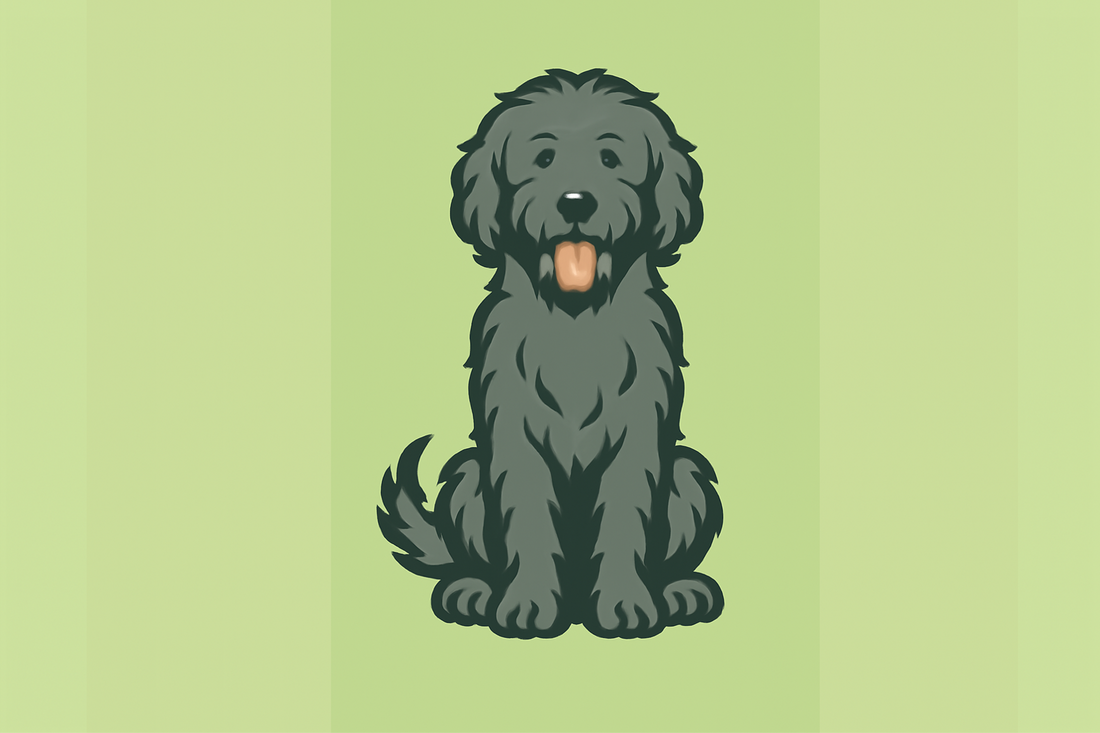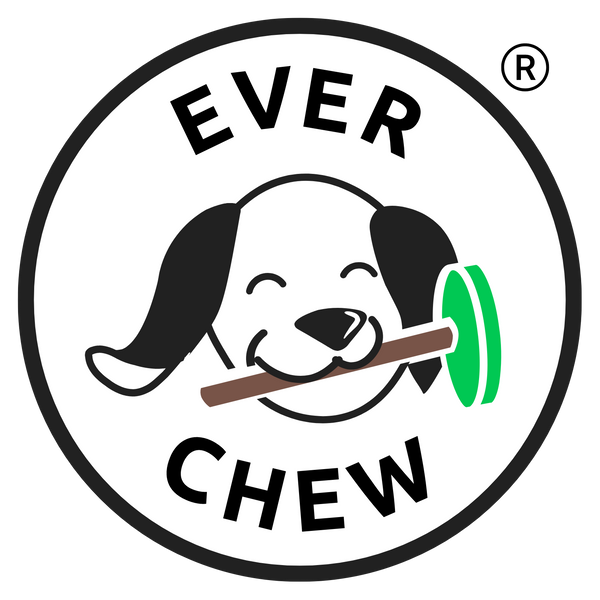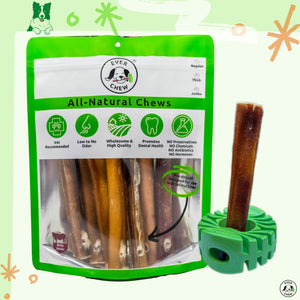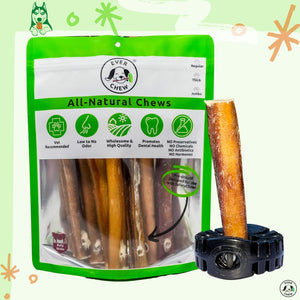Labradoodles: A Guide to Chewing Bully Sticks

by Kirby Kendall (Inventor of EverChew)
Labradoodle
Labradoodles are cute dogs that happen when a Labrador Retriever hooks up with a Poodle--combining the Labrador's gentle mouth and retrieving instincts with the Poodle's intelligence and athletic build. They are energetic, family-friendly dogs with moderate bite strength the needs chewing outlets to avoid destructive behaviors.
Hybrid Vigor in Jaw Mechanics
Labradoodles usually inherit the mesocephalic skull structure from their Labrador DNA, giving them a moderately long muzzle. This offers several advantages: efficient jaw leverage, well-spaced dental alignment, and strong premolar development ideal for effective chewing.
Bite force in Labradoodles typically ranges from 120-150 PSI, reflecting the moderate strength of the parent breeds. Their dental structure has the classic scissor-bite alignment with upper teeth slightly overlapping lower teeth, giving efficient chewing.
In Short—Which EverChew Holder?
The green EverChew Plus holder is good for Labradoodles that aren’t Superchewers. But if your dog tears up most all their toys, they will need the black nylon SuperChew holder.
Understanding Bully Stick Benefits and Why Holders Are Essential
Labradoodles are natural, enthusiastic chewers, with strong oral fixation tendencies from both breeds. This chewing behavior serves multiple purposes: dental health, mental stimulation, stress relief, and jaw exercise. Their high intelligence and energy mean they benefit from having chewing outlets to prevent boredom-induced furniture destruction.
Bully sticks are pure protein treats (similar to beef jerky) that provide a fabulous chewing texture for Labradoodles. They're firm enough to provide satisfying resistance while gradually softening during chewing, acting like natural toothbrushes to effectively scrape away plaque and tartar buildup. This dental benefit is particularly valuable for Labradoodles, who may inherit narrow palates from their Poodle side that can trap food particles.
However, Labradoodles' retrieving heritage may make them prone to try and swallow a bully stick stub. This can lodge in the throat or digestive tract, creating a choking hazard or intestinal blockage—thus we invented EverChew.
Life Stage Considerations and Energy Management
Puppy Phase (3-7 months): Labradoodle puppies have intense chewing behaviors that combine teething relief with natural curiosity and intelligence. Peak teething typically occurs between 3-6 months, during which they actively seek firm textures to relieve discomfort from emerging adult teeth. Their Poodle intelligence means they're highly exploratory and often target shoes, charger cables, and window sills.
Adolescent Phase (6-18 months): This critical period often sees peak energy levels combined with developing independence. Without adequate mental and physical stimulation, adolescent Labradoodles can become destructive chewers, targeting furniture, doors, or landscaping. Consistent access to appropriate chew items becomes essential during this phase.
Adult Phase (18+ months): While destructive chewing typically settles around 18 months, adult Labradoodles continue moderate to enthusiastic chewing throughout their lives. They often have extended chewing sessions, making durable holders essential.
Selection Guidelines
Choose the Medium EverChew Plus holder if your Labradoodle:
· Demonstrates normal chewing that doesn’t tear up everything.
· Is elderly with potentially sensitive or weak teeth.
Consider the Large SuperChew holder if your Labradoodle:
· Has destroyed previous chew holders or toys
· Shows aggressive chewing behavior
· Is an adolescent going through peak destructive phase


